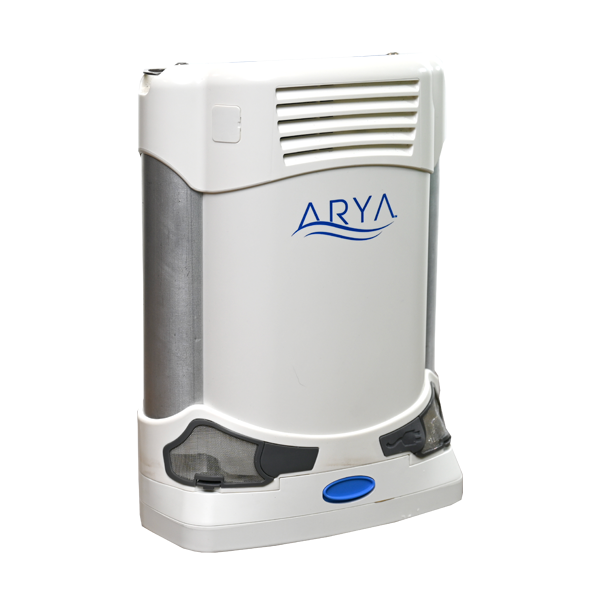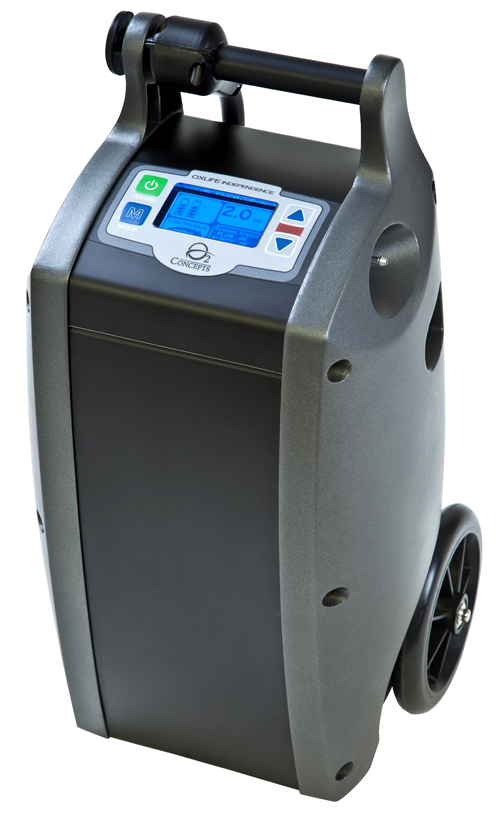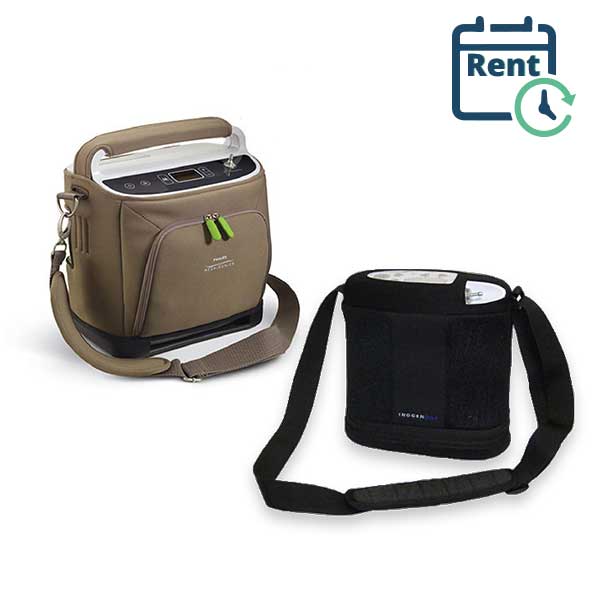The Main Principles Of Portable Oxygen Concentrators
Wiki Article
The Best Strategy To Use For Portable Oxygen Concentrators
Table of ContentsThe smart Trick of Portable Oxygen Concentrators That Nobody is Talking AboutGetting My Portable Oxygen Concentrators To WorkHow Portable Oxygen Concentrators can Save You Time, Stress, and Money.What Does Portable Oxygen Concentrators Do?
Fixed oxygen concentrators were as soon as the requirement, but these storage tanks might weigh 50 pounds and were very cumbersome (Portable Oxygen Concentrators). Currently, mobile oxygen concentrators obtain the work done, and they can match a handbag or purse! The only point you ought to bear in mind is that mobile concentrators have extra limited oxygen delivery abilitiesThere are 2 main kinds of mobile oxygen concentrators: pulse dosage and constant circulation. As the name suggests, pulse dosage concentrators give oxygen periodically, only turning on when you inhale. This kind of device is generally suggested for COPD patients with minimal oxygen needs, as the quantity of O2 that a pulse dose concentrator can deliver is fairly reduced.
This device can supply up to 3,000 m, L of oxygen every minute, while pulse dose tools have a tendency to cover out at 1250 m, L. Continual flow tools are the go-to for a lot of COPD clients, as they're ideal for individuals who need 2 to five liters of oxygen a minute.
Now that you have this overview to the various types of mobile oxygen equipments, select the finest gadget with the aid of your physician.
About Portable Oxygen Concentrators
We questioned just how well these mobile oxygen concentrators would function in hospitals. POC concentrators boost the proportion of oxygen in ambient air individuals breathe in, whenever they require a boost.When it concerns mobile oxygen treatment, there are two main alternatives for shipment. These are portable oxygen cylinders which have pressed oxygen gas, or oxygen concentrators, which utilize a battery powered system to compress and filter air, in order to develop a consistent supply of focused oxygen. In this article, AMS Composite Cylinders Technical Supervisor, Tony Morrin, compares the two, looking at the pros and disadvantages of each oxygen distribution system for NHS clinical oxygen users in terms of person autonomy.

Mobile Oxygen Concentrator Oxygen purity is regularly higher when provided from cyndrical tubes it never ever drops below 99. 6%, regardless of the flow rate needed. In battery-powered concentrators, purity is affected by circulation rate, and might be 90% or much less, relying on the devices. Whilst oxygen concentrators can be valuable for people that call for a lower flow of oxygen, cylinders offer greater focus that can be extra ideal for clients with high flow demands.
Indicators on Portable Oxygen Concentrators You Need To Know
Both systems call for the client to bring about tools. For cyndrical tubes, this will consist of lugging a bag (and occasionally a trolley) and for mobile oxygen concentrators this will certainly consist of the bag, cart like this and power battery charger. Weight wise, portable oxygen concentrators can be similar in weight, or sometimes, lighter than standard aluminium cyndrical tube systems.
They will certainly have to enhance dramatically if they are to provide the exact same degree of efficiency as equivalent composite cyndrical tubes. Oxygen always lugs a security risk. On one hand, should cyndrical tubes spring a leakage, they can produce an oxygen abundant atmosphere that might bring about a rise in fire threat.

The distinction is that there are substantial in advance prices to buying a find more info mobile oxygen concentrator, but reduced running costs making use of cylinders allows the purchaser to spread the price over an extensive time period. One small drawback of a mobile oxygen concentrator is the noise portable systems make a significant amount of noise throughout procedure, which numerous individuals find distracting.
Fascination About Portable Oxygen Concentrators

Our high-quality carbon composite cyndrical tubes use high pressure (300 Bar), reduced weight, and NLL (Non-Limited Life) efficiency, and are recognized for use worldwide. More info about AMS Composite Cylinders Ltd can be found at .
Oxygen concentrators are designed with individual mobility in mind. Whether it's a desktop version for home usage or a smaller, lightweight model for on-the-go, these tools allow individuals to relocate easily without being connected to a stationary system. Specifically for the ones particularly made for mobility, patients can lug them around, facilitating travel and day-to-day activities effortlessly.
Among the major comforts of making use of an oxygen concentrator is the check this elimination of the constant need to re-fill oxygen tanks. This not only lowers the logistical difficulties and persistent costs connected with refills but likewise ensures that the user has a much more foreseeable and steady source of oxygen. Oxygen concentrators are made to fit perfectly into the home atmosphere.
Report this wiki page